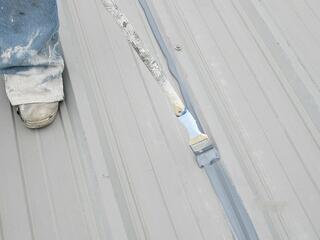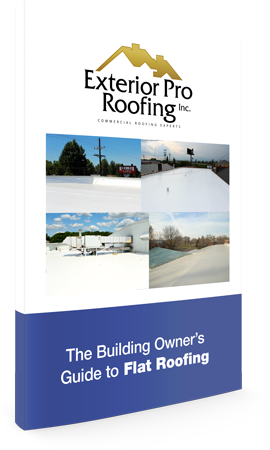If your metal roof is leaking and you are considering having your metal roof coated as a solution, keep in mind the follow 5 things as you make a decision about your building’s metal roof.
Here are 5 things your boss wants to know about metal Roof Coating
1. Metal Roof Coatings are not always cheaper
In most cases metal roof coatings are more expensive for a warrantable metal roof restoration system than other metal roofing coating alternatives like a metal roof retrofit. Often Metal roof coatings require multiple coats of a base layer and finish coat as well as a rust inhibiting primer. Multiple coats drive up material cost, labor cost, and the time it takes to complete a job.
Two quick ways to lower the cost of a metal roof coating is to 1) not apply the required amount of coats of material, and 2) stretching material by applying it thinly. Be leery of both techniques.
2. No Added Insulation
Unlike a metal roof retro fit, a coating does not add any insulation or R-value to a building. Metal roof coatings will not solve leaks due to condensation. Warm and moist air can condense on the back side of inadequately insulated metal roofs cause interior drips. Metal roof coatings provide no R-value to a metal Roof.

3. Won’t Adhere to Existing coatings
As is the case with most metal roof coating manufactures to achieve any kind of warranty the coating has to be applied to bare metal. Few buildings with have bare metal roofs free of any existing coatings or failed past repair attempts with caulking, tar, or paints. Brushing or spraying on a new metal roof coating system over top of an old and failed coating is a waste of time and money. As the old coating flakes, chips, cracks, and peels so will the new, because the new coating never made contact to the metal roof itself.
4. Temperature and Moisture Limitations
A correctly installed metal roof coating must be applied in temperatures above 40 degrees Fahrenheit, over a dry metal roof, be allowed to cure completely before rain and before the next coat can be applied. Dry times will vary greatly depending on the time of year, level of sun the building receives, and the humidity levels. In other words things have to be just right to properly install a metal roof coating. So unless you live in the desert southwest where it rarely rains and roofs don’t collect dew, you’ll have to consider these application limitations of metal roof coating.
5. Difficult to control Thickness of coatings
The idea behind most metal roof coatings is to create a seamless flexible membrane over top of an existing metal roof. There is usually a fabric installed between the base coats and the top of finish coats. However it can be very difficult to accurately measure the thickness of the metal roof coating when it’s being applied. Regardless of the application method, if it is applied in a way that tries to maximize coverage out of a minimum amount of material, the result will be less material either over or under fabric, rendering the life of the coating.







